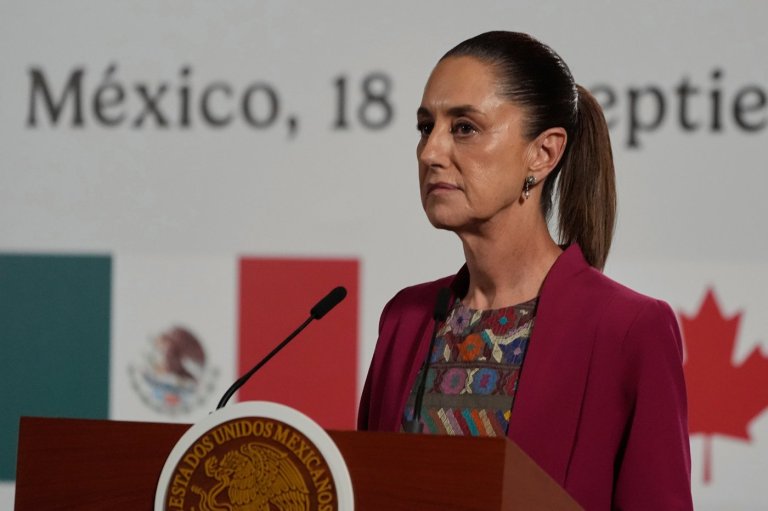The world’s driest desert blooms into a rare, fleeting flower show
LLANOS DE CHALLE NATIONAL PARK, Chile (AP) — A rare bloom in Chile’s Atacama Desert has briefly transformed one of the world’s driest places into a dazzling carpet of fuchsia-colored wildflowers.
The arid region — considered the driest nonpolar desert on Earth, averaging around 2 millimeters (0.08 inches) of rainfall a year — was a riot of color this week after unusual downpours throughout the Southern Hemisphere’s winter months soaked the desert foothills and highlands.
Experts describe 2025 as among the Atacama’s wettest in recent years, with some high-elevation borderlands receiving up to 60 millimeters of rain (2.3 inches) in July and August.
Seeds from more than 200 flower species sit in the red and rocky soil of the Atacama Desert all year, awaiting the winter rains, said Víctor Ardiles, chief curator of botany at Chile’s National Museum of Natural History.
Moisture from the Amazon basin arrives to the desert’s eastern fringes as modest rainfall, and from the Pacific Ocean to its coastline as dense fog. Dormant seeds must store up at least 15 millimeters (0.6 inches) of water to germinate.
“When certain moisture thresholds are met, (the seeds) activate, grow and then bloom,” Ardiles said.
Yet even then there’s no guarantee that brightly colored bulbs will explode through the soil.
“There are four key factors that determine whether this process reaches the seed – water, temperature, daylight and humidity,” Ardiles added.
“Not all the seeds will germinate, some will remain waiting … a portion will make it to the next generation, while others will be left behind along life’s path.”
The main threads in the floral carpet are pink and purple. But yellow, red, blue and white strands emerge as well.
Tourists flocked to the northern desert in recent days to marvel at the short-lived flower show. Some even trek from Chile’s capital, Santiago, 800 kilometers (497 miles) south of the Copiapó region.
Most flowers will have vanished by November, as summer sets in. But more drought-resistant species can stick around until January.
“It’s one of those rare things you have to take advantage of,” said Maritza Barrera, 44, who hit the road with her two kids for almost six hours to catch the desert bloom in the Llanos de Challe National Park last week. “It’s more stunning than I could have imagined.”
Recognizing the ephemeral desert flowers as a conservation priority, Chilean President Gabriel Boric minted a new national park further inland in 2023, converting about 220 square miles (570 square kilometers) of flower fields along the Pan-American Highway into Desert Bloom National Park.
“Nowhere on Earth does this phenomenon occur like it does here in Chile,” Ardiles said.
___
Isabel DeBre contributed to this report from Buenos Aires, Argentina.
____
Follow AP’s coverage of Latin America and the Caribbean at https://apnews.com/hub/latin-america
Join the Conversation!
Want to share your thoughts, add context, or connect with others in your community?
You must be logged in to post a comment.

















